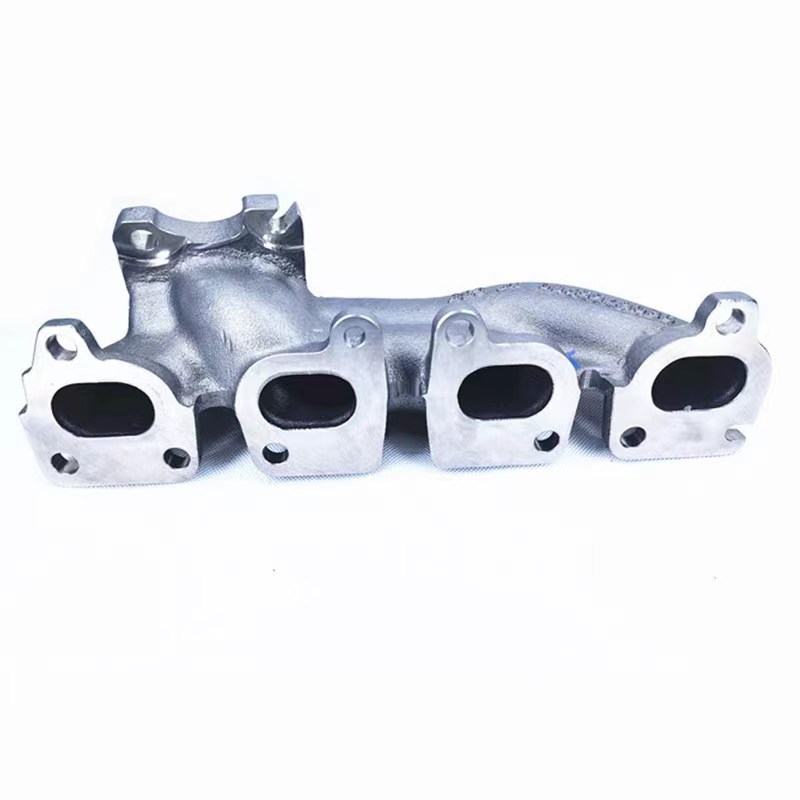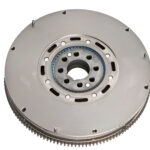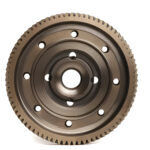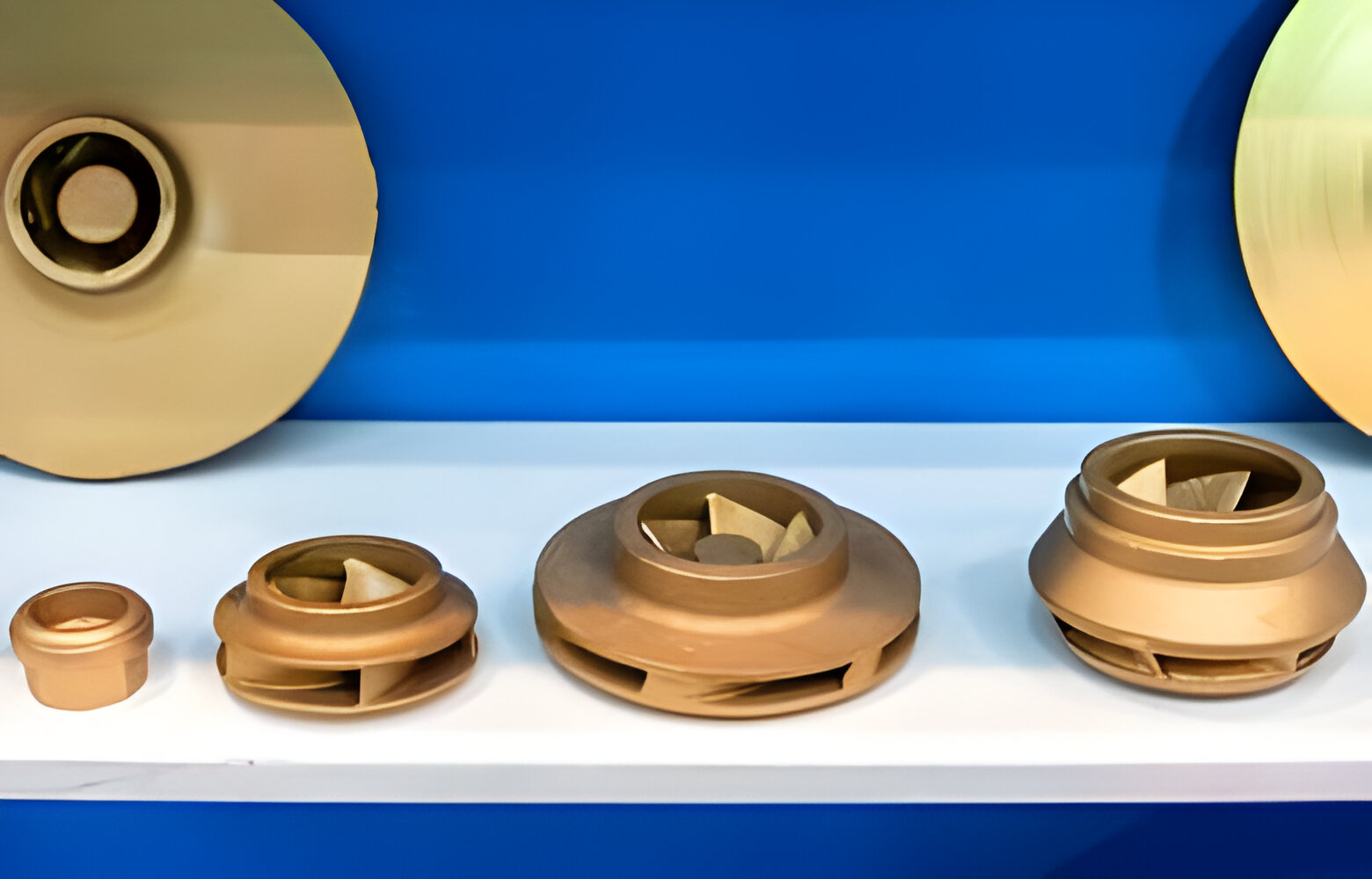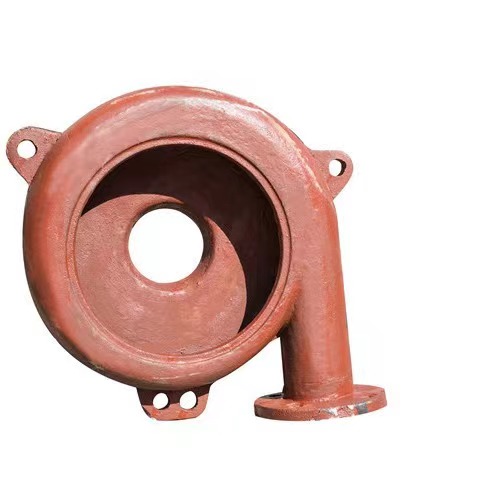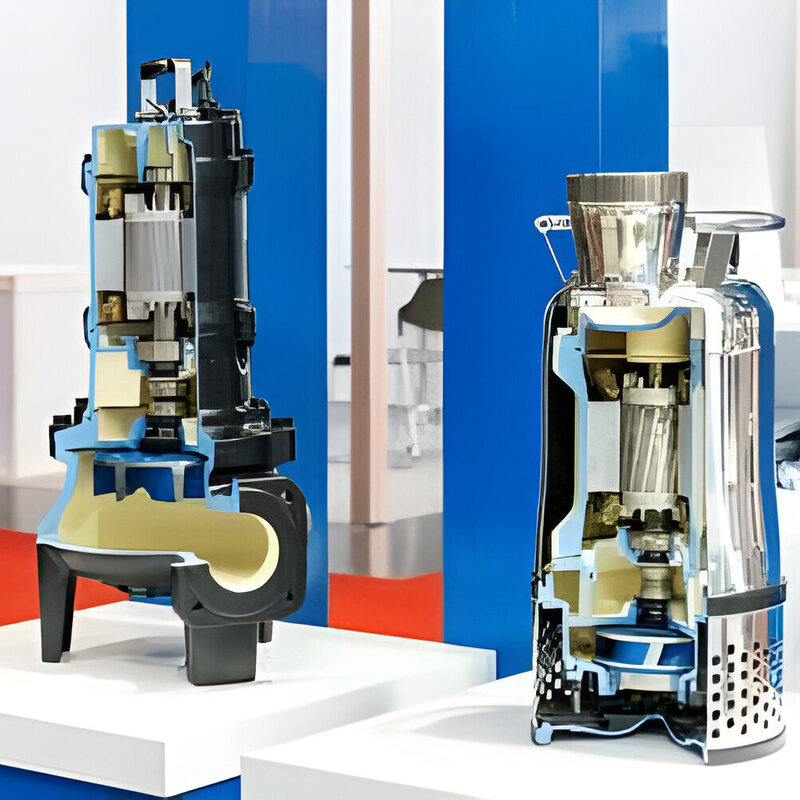Exhaust manifolds are pivotal components in automotive engineering, playing a crucial role in conducting exhaust gases away from the engine cylinders. With advancements in technology and materials, stainless steel has become a popular choice for these critical components. This article will delve into the properties of stainless steel exhaust manifolds, spotlight the benefits of stainless steel turbo manifolds, and explore the manufacturing processes such as sand casting that are utilized in producing these high-performance parts.
Stainless Steel Exhaust Manifolds: Combining Performance with Durability
Stainless steel exhaust manifolds offer an exceptional balance of strength and resistance to corrosion and heat. These properties are essential in harsh operating environments where temperatures can soar and the risk of corrosion is high due to constant exposure to moisture and chemicals. Stainless steel’s high chromium content provides a protective layer that resists oxidation, ensuring that the manifold maintains its integrity over time.
Manufacturers are increasingly adopting stainless steel for exhaust manifolds in performance and luxury vehicles due to these advantages. Companies like KT Foundry specialize in crafting premium-quality stainless steel exhaust components that meet stringent industry standards and deliver unparalleled performance.
Stainless Steel Turbo Manifolds: Enhancing Engine Efficiency
In turbocharged engines, the exhaust manifold not only expels gases but also drives the turbocharger. Stainless steel turbo manifolds are designed to withstand the extreme heat produced by the turbocharging process, thus preventing warping and maintaining optimal engine performance. These manifolds facilitate a more efficient flow of exhaust gases to the turbocharger, speeding up the spool time and reducing turbo lag.
This efficiency not only enhances the vehicle’s power and acceleration but also contributes to fuel economy and reduces emissions. Turbo manifolds made from stainless steel are, therefore, an excellent investment for those looking to boost their engine’s performance while ensuring environmental compliance.
Sand Casting Process: Traditional Techniques for Modern Applications
The manufacturing of stainless steel exhaust manifolds often involves sand casting—a time-honored technique that allows for intricate designs and robust mechanical properties. Sand casting involves forming a mold from sand and pouring molten stainless steel into it. This process is particularly favored for its versatility and cost-effectiveness, making it suitable for both small-batch and large-scale production.
KT Foundry is renowned for utilizing advanced sand casting techniques to produce exhaust manifolds that are not only durable but also feature complex geometries that are often required in custom and performance-specific designs. These capabilities make sand casting an ideal choice for both standard and specialized exhaust manifold applications.
Practical Applications and Customer Engagement
From everyday vehicles to high-performance racing cars, stainless steel exhaust manifolds are integral to enhancing engine efficiency and longevity. At KT Foundry, we offer a wide range of stainless steel exhaust solutions tailored to meet diverse needs, from OEM replacements to custom configurations for racing applications.
We invite potential clients and partners to visit our website at kt-foundry to explore our full range of exhaust manifold products and services. Our team of experts is ready to assist you with any inquiries and provide guidance on the best solutions for your specific requirements.
In conclusion, stainless steel exhaust manifolds represent a significant advancement in automotive technology, offering superior durability, enhanced performance, and environmental benefits. With state-of-the-art manufacturing processes like sand casting, companies such as KT Foundry are at the forefront of delivering high-quality solutions that meet the evolving needs of the automotive industry.

